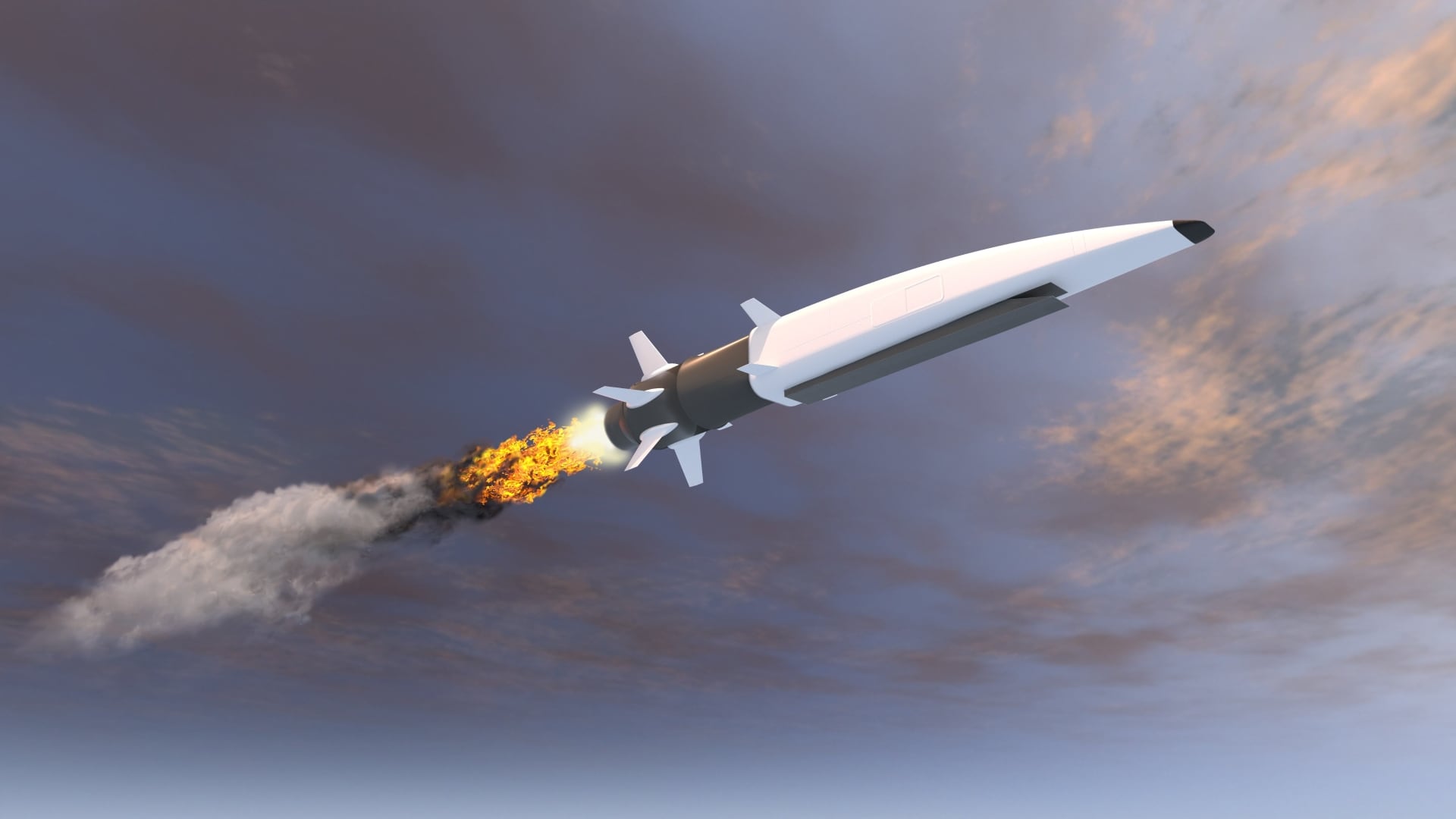ORLANDO, Fla. – The Pentagon is launching an initiative to help create cross-service guidelines for blending live and virtual training, an OSD official announced Tuesday.
Frank DiGiovanni, the acting deputy assistant secretary for defense in charge of readiness, announced the initiative during a panel at the I/ITSEC conference here.
"I'd like to formally announce today the exploration of an initiative to look at how the department collectively gets after this blended training concept, how we integrate live and synthetic [training], not just as a service, but as a department," he said.
Exact details are limited at this early point, but that initiative will involve three parts that DiGiovanni described as "the development of a vision, the development of a strategy and the development of a roadmap."
The reason OSD is taking the lead on this is a question of "governance," DiGiovanni said, noting that interservice initiatives often fail without guidance from on top. He also said the program will require input from those outside the Pentagon.
"I look for your help. This is a collaborative environment," he said. "My office will facilitate, not lead. I'm looking for the services and industry to join us in developing that vision, strategy and roadmap."
At a panel later in the afternoon, DiGiovanni expanded on his comments. He described an ideal structure as guardrails on a super highway — they are there to keep everyone going the same way safely, but leave a lot of wiggle room in between.
He also emphasized that this shouldn't be seen as OSD imposing itself onto the services and industry.
"DoD doesn't have a lock on good ideas," he told the audience. "There are a lot of things we need to leverage as a team ... you will be hearing from us, because I'm looking for people who want to help us."
DiGiovanni's announcement came as part of the flag officer panel, attended by representatives from each of the services as well as NATO. Those officials also emphasized the need to work with industry to help develop future training and simulation capabilities.
"In the future we're going to have to be able to assimilate technology much, much faster than we were able to do it in the past," said Vice Adm. David Dunaway, commander of NavAir.
"To me, modeling and simulation, this industry, is a tool we need to use in order to get to that outcome of our future," Dunaway continued. "I, for one, believe the budgetary pressure we are under are the exact environment we need in order for us to break some old paradigms and start to utilize money in a much more efficient fashion."
Digital Show Daily
See the full coverage of I/ITSEC 2014.
Aaron Mehta was deputy editor and senior Pentagon correspondent for Defense News, covering policy, strategy and acquisition at the highest levels of the Defense Department and its international partners.








